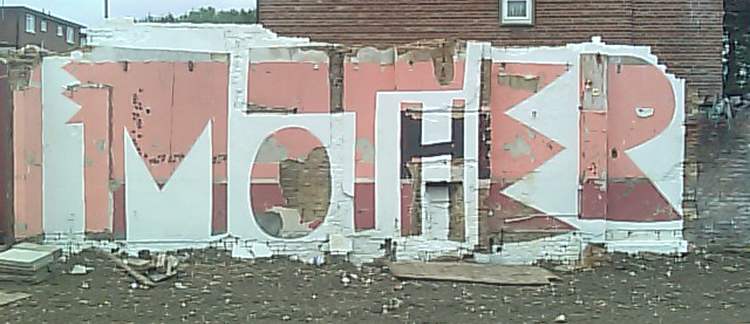Abstract
Determined to forget the past, which deprived her of both husband and daughter, and start a life of freedom without connections and responsibility, Julie, the no-longer-m/Other, tries to lose herself in the anonymous life of Paris. Total freedom is however impossible, and soon the past begins to haunt her in the form of a melody, the concerto music her husband was in the process of composing. Drawing on the work of Bracha Ettinger, I invite a matrixial viewing of Kieslowski's film, an artwork which marks precisely a movement from a phallic Symbolic (where the subject is free, separated, and disconnected) to a matrixial sphere (in which the subject is fragile and compassionate to the unknown other who is, nonetheless, a partner-in-difference). More precisely, my aim is to follow Julie's journey from a split-I and a no-longer-m/Other to a fragile partial m/Other via her art-working and the primary compassion of her partial m/Others, a severality co-participating in her trans-nascence, the strangers who, out of the blue, become her intimate-anonymous partners in co-poiesis, as also symbolically reflected in Kieslowski's Chorale.
How to Cite
Lindner Leporda, C., (2011) “Vibrating Strings and Wom-bilical C(h)ords in Kieslowski's Blue (1993)”, Studies in the Maternal 3(1), 1-20. doi: https://doi.org/10.16995/sim.75
682
Views
216
Downloads
